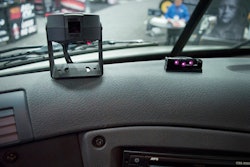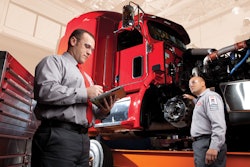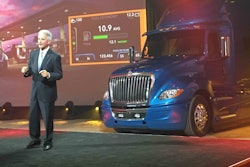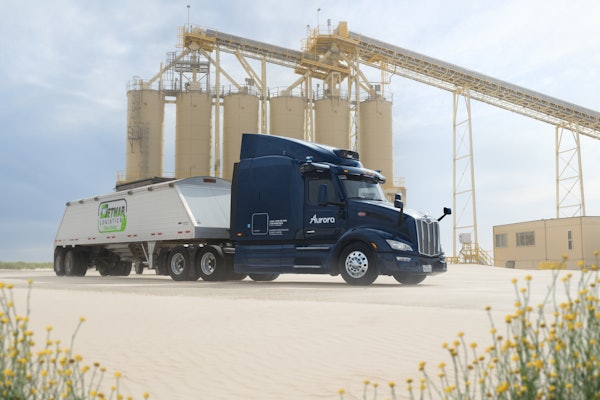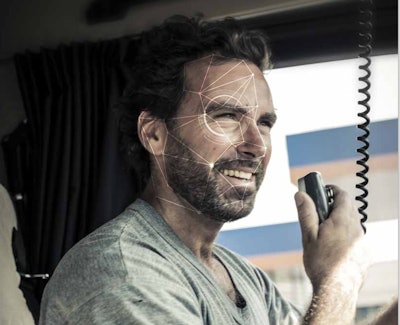
Testing with the three U.S. fleets, involved in long haul, food delivery and construction, found:
- Microsleep events (where the driver’s eyes are completely closed while driving) reduced by 71-, 75- and 100-percent.
- Cell phone distractions reduced by 77-, 97- and 100-percent.
- Distraction events at high speed reduced 43-, 49-, and 83-percent.
One of the fleets involved in the testing, Atlanta-based Royal Food Service, plans to use the technology across its entire fleet. “We care about our drivers and want to make sure each one gets home safely every day,” says Mark McClendon, CFO, Royal Food Service. “Even though our drivers and equipment are among the best on the road, we still saw a 70- to 90-percent or higher reduction in distracted driving and fatigue events during the assessment.”
The Guardian system is focused on incident prevention and saving lives not driver surveillance, according to Seeing. The system does not record and store video and only shares the information with the fleet if there is an event.
Distracted driving and driver fatigue are major factors contributing to more than 400,000 large truck crashes every year, according to the U.S. Department of Transportation. Data from Seeing Machines 24/7 SafeGuard Center shows an average of one distracton event occurring every 44 miles traveled by a truck, and one fatigue event occurring every 360 miles.

